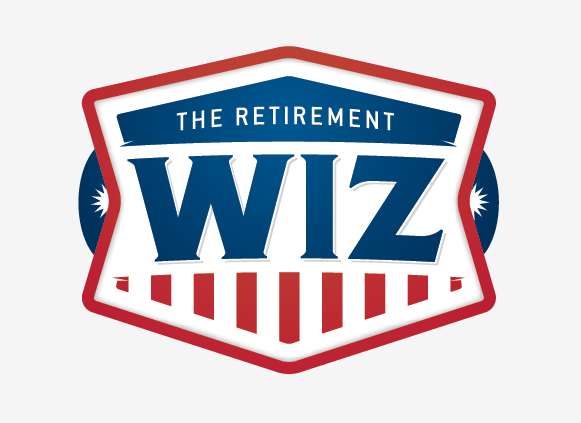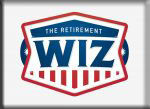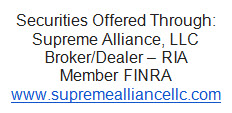Variable universal life is a type of permanent life insurance, because the death benefit will be paid if the insured dies any time as long as there is sufficient cash value to pay the costs of insurance in the policy. This is yet another key advantage of VUL over Whole Life.
Variable life insurance is a permanent life insurance policy with an investment component. The policy has a cash value account, which is invested in a number of sub-accounts available in the policy. A sub-account acts similar to a mutual fund, except it's only available within a variable life insurance policy.
A whole life insurance contract has level premiums, pays dividends, and cash value is guaranteed by the insurance company. A universal life insurance contract (UL), or variable universal life insurance contract (VUL) does not have minimum cash value guarantees in the same way that whole life does.
In a VUL policy, you are left with two options of death benefit - fixed death benefit and variable death benefit equal to the cash value at the time of death plus the face value of the insurance. Unlike universal life insurance, this policy gives you the freedom to invest in your preferred investment portfolio.
What would help prevent a universal life policy from lapsing? target premium. Recommended amount that should be paid on a policy in order to cover the cost of insurance protection and keep the policy in force.
Most importantly, you can only borrow against permanent or whole life insurance. Term life insurance, a cheaper and suitable option for many people, does not have a cash value and expires at the end of the term, generally anywhere from one to 10 years. A whole life policy is more expensive but has no expiration date.
A lapsed policy if revived within 6 months, can be reinstated without fresh medical reports by paying the outstanding premiums along with the interest charges. No surrender and paid up values for policies that have not been in force for a continuous period of 3 years.
In an option B policy, the net amount at risk stays the same. Therefore, the beneficiary gets the original stated death benefit and the money in the cash value account. Option B is more expensive than Option A because the insurance company will have to pay the beneficiary more of its own money when the insured dies.
This information is not intended to be tax or legal advice, and it may
not be relied on for the purpose of avoiding any federal tax penalties.
You are encouraged to seek tax or legal advice from an independent
professional advisor.


